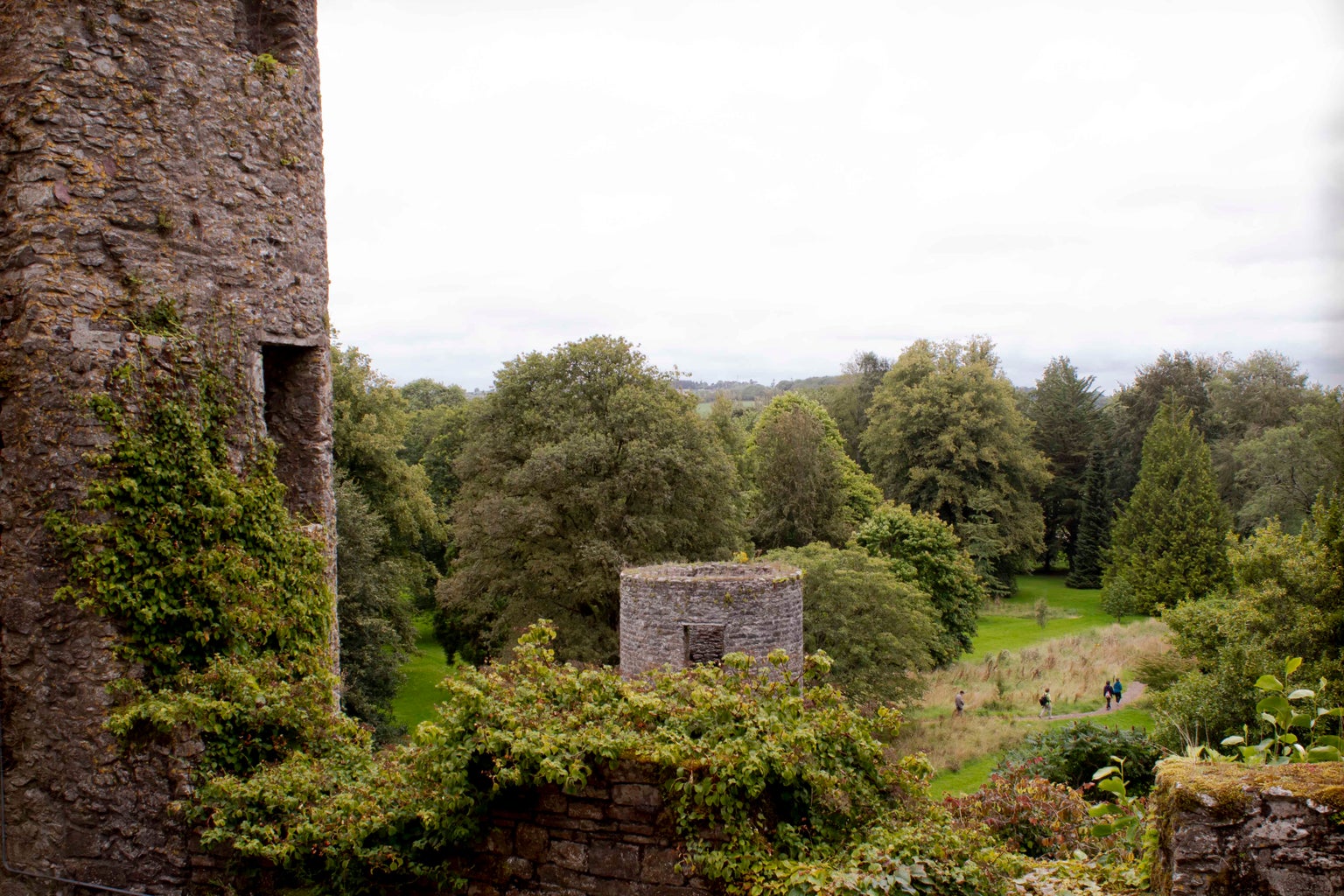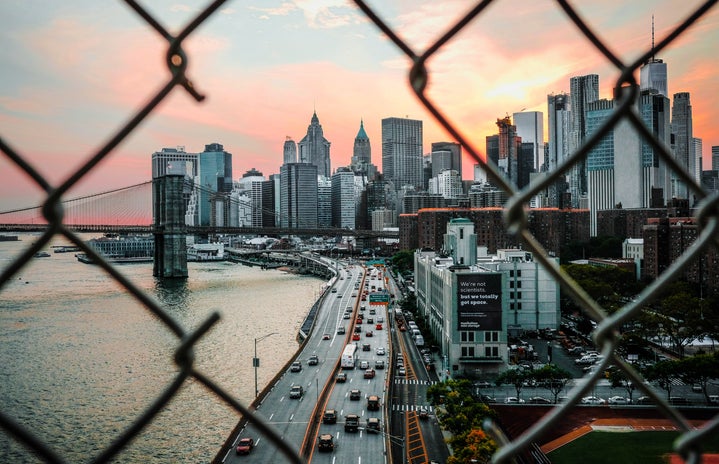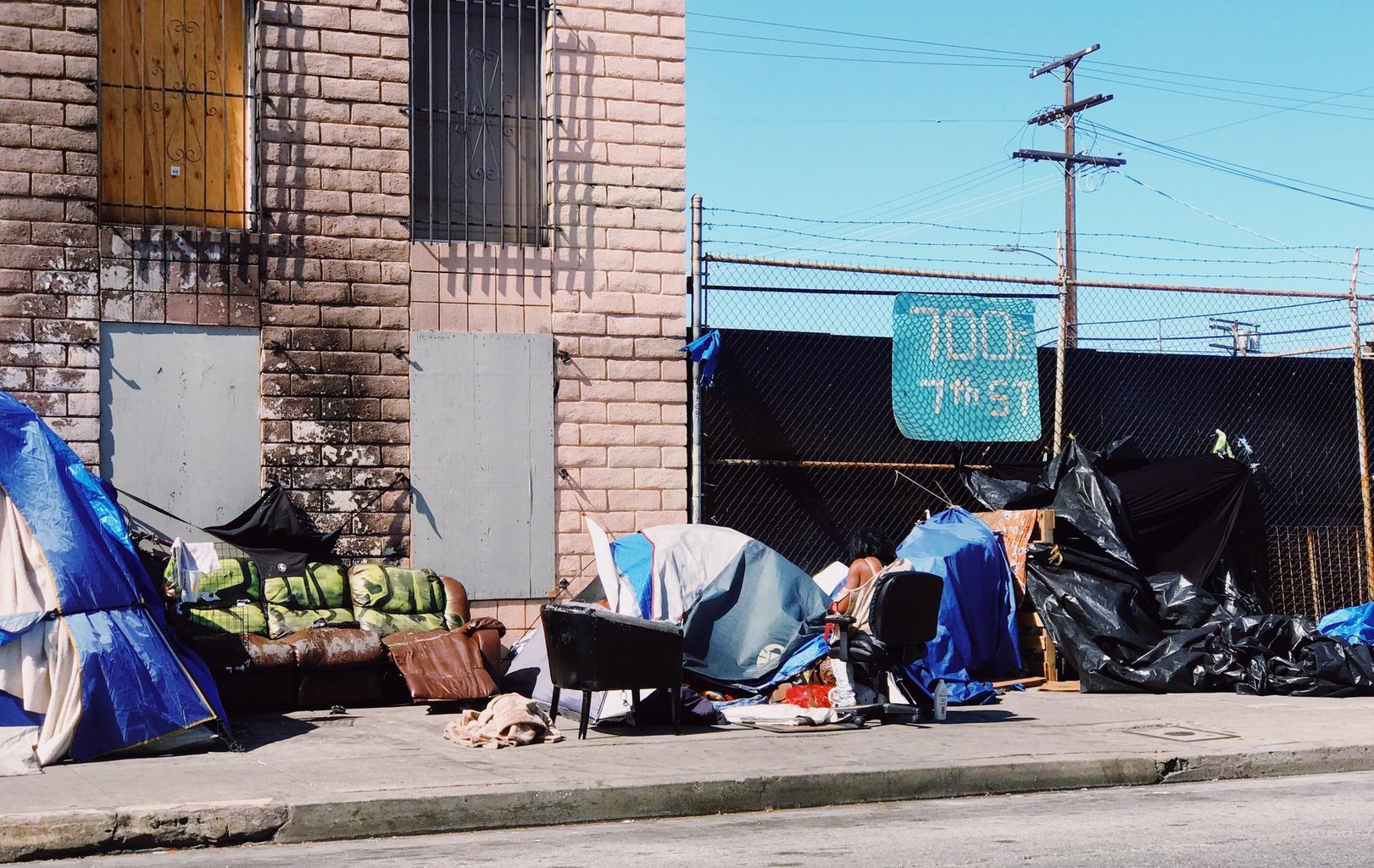Anti-homeless architecture, otherwise known as “hostile architecture,” are defined as “a form of architectural design to prevent or impede crime and help maintain order”, Christopher McFadden claims in his Interesting Engineering article. But hostile architecture goes beyond the point of deterring crimes from its area. This specific use of design also prevents those malnourished and seeking simple things such as a place to sleep or a feasible restroom, from living. In a 2015 interview hosted by the television network RT (Russia Today) UK, a formerly homeless Alex Andreou had the opportunity to speak on the matter first-hand. He acknowledged various pieces some bystanders would not take a second glance at to question, from tilted bus seats to “insidious little sculptures” placed arbitrarily across benches or other potential places someone with no shelter might consider a resting place. Due to these “urban designs”, however, any person hoping to lie down is left with a fruitless endeavor of trying to get comfortable.
Since that interview, the rate of hostile architecture has only taken a rapid increase and has been quickly covering our land, head-to-toe with these malice devices. Below are a few examples of this new urban feature so you can see for yourself how well-disguised some of these structures might appear to the average eye.
1. Barred Benches

As just mentioned, public benches in park spaces, on the pavement or anywhere the traffic of people is high will likely have dividers made of strong materials such as metal. In the most recent year, some might use the excuse that these features are to promote distancing amongst people but this major restriction against destitute people has been occurring for much longer than some like to believe.
2. Thorny Shrubs


While all the above photos appear innocent, there’s a chance they could be hiding the same, menacing intent each piece of hostile architecture does. And the floral design is a large part of architecture today. We will see various plants and shrubbery anywhere we decide to venture, sometimes in precarious places like easy-to-reach nooks or corners. These do not go unmentioned by Andreou in his interview, who declares that the placement of some flora is purely intentional. He summarizes an article he had read, describing that “particular types of shrubs, which are very low-maintenance and very thorny” are exploited for spaces people would attempt to sleep on.
3. Spike Sculptures
Albeit these being blatantly obvious pieces made to discourage any loitering, many disguise the lines of spikes designs as “expressive art”. This should just motivate us to take a further look at what we are transforming our land into. If these pointy projects are benevolent in any form, should we not make them appear less medieval and threatening? After some careful pondering, this style of sculpture could drive tourists away just as easily as those who have no means to travel anywhere else.
4. Incredibly Unneccesary Sprinklers
Sprinklers can sound like a minuscule complaint, but when there are no benches or public areas to rest, it is more often than not some people will opt for the ground than run off of the influx of exhaustion they have accumulated through the day. And what better way to sabotage one of the final resorts than to install unnecessary sprinklers? I, myself, have witnessed several incidences where a large portion of the pavement will end up receiving more water than the (sometimes) trivial patches of grass some people deem worth watering. Even common bodily functions become impossible when unwelcoming elements such as sprinklers or spikes come into play.
“One of the constant complaints against homeless people is that they urinate in public,” Says Andreou. “And yet if you ask someone where the nearest free public toilet is they couldn’t tell you…there are very very few left.”
5. Guarded Storm Grates
Depending on where you live, it is often you might run into storm grates. These sewer-like metal contraptions embedded in concrete were originally designed to drain any water from storms or large floods that could threaten the surrounding area. However, as the escalation of hostile architecture continued, a new feature has been added to them. Storm grate covers try to appear aesthetic in their design and function to cover the grates when not being used. But what some designers of this contraption may or may not know is that storm grates, especially during the colder months, are utilized by people for a source of heat. With the grate covers raised and protecting any person who dares lay down atop of the grate, it is too, preventing any person from keeping warm.
All of the above examples are driving to cut the lower-class off of society’s totem pole. It is morphing natural selection into something artificial and difficult to fight against. But, there are still ways that you can contribute to ending this vile—and still progressing—movement. Below are some petitions seriously lacking in signatures that are available for you to sign today to ban these hostile designs entirely. Some areas have even taken this design tactic to the point of being extremely obvious and wanton with whom might cross paths with it.
https://www.change.org/p/prevent-hostile-anti-homeless-architecture-in-melbourne?_pxhc=1610949679916
https://www.change.org/p/put-an-end-to-hostile-architecture?signed=true
And if you would like to educate yourself more on this topic, below I have linked an article written by Alex Andreou himself where he shares his own accounts of struggle with these wicked builds.
Resources:
‘Anti-human’ urban architecture – Alex Andreou on struggle faced by the homeless




